Indian Cuisine: Your Gateway to Authentic Flavors
When working with Indian cuisine, a vibrant culinary tradition that blends regional spices, techniques, and seasonal ingredients. Also known as Indian cooking, it offers everything from hearty biryani to delicate dal. Biryani, a layered rice dish celebrated across the subcontinent showcases aromatic spices, while Dal, protein‑rich lentils cooked with tempering provides a wholesome staple. Curry, sauce‑based dishes that vary by region and ingredient ties flavors together, and Roti, soft whole‑wheat flatbreads completes the meal.
Indian cuisine encompasses a rich tapestry of regional specialties, each demanding specific skills. Mastering dal means understanding soaking, pressure cooking, and tempering; perfecting biryani relies on layering, proper rice‑to‑water ratios, and timing. Curry creation hinges on balancing heat, creaminess, and acidity, while roti success depends on dough hydration and the right heat. These dishes influence everyday meals, health goals, and festive celebrations, making the knowledge transferable to any kitchen.
Below you’ll find a curated collection of practical guides, from why lemon brightens biryani to the science behind curd in dosa batter. Whether you’re a beginner looking for quick breakfast ideas or an experienced cook seeking deeper nutrition facts, the posts ahead cover flavor tricks, safety tips, and myth‑busting insights that will lift your home cooking. Dive in and start experimenting with the flavors that define Indian cuisine.
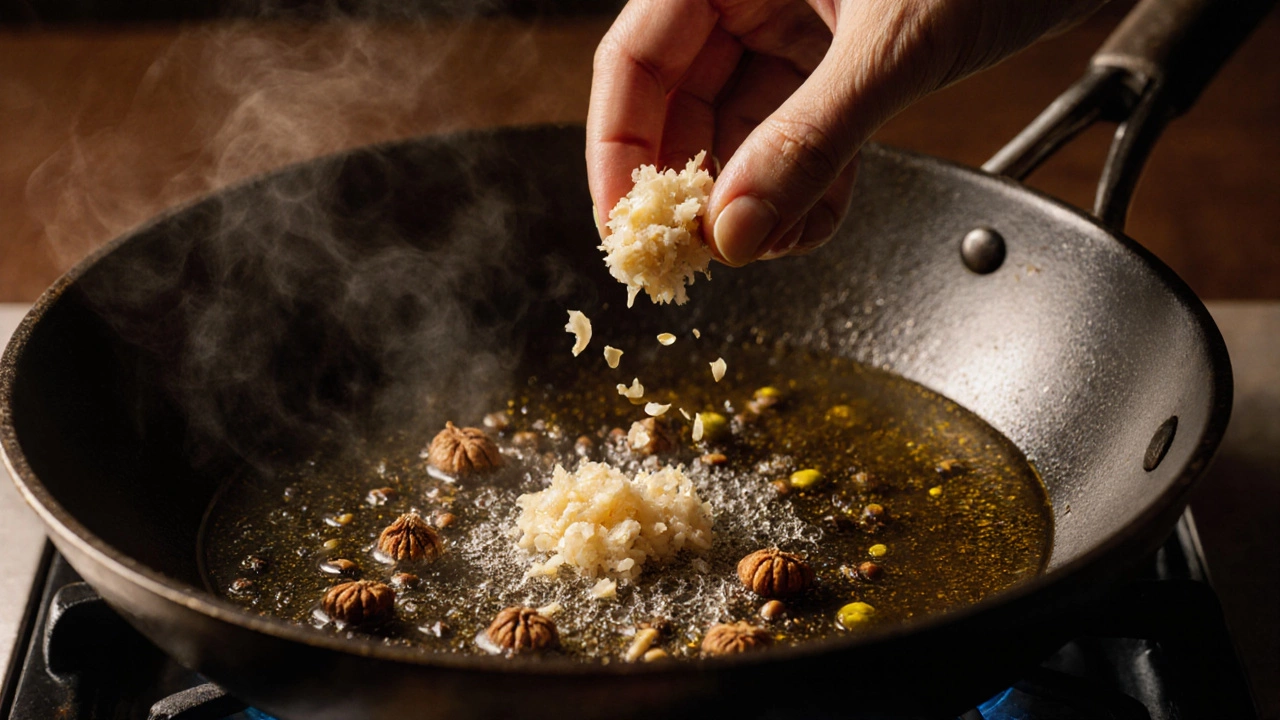
Perfect Timing: When to Add Garlic and Ginger to Curry
Learn the exact moments to add garlic and ginger in curry for maximum flavor, avoid bitterness, and boost health benefits with practical timing tips.
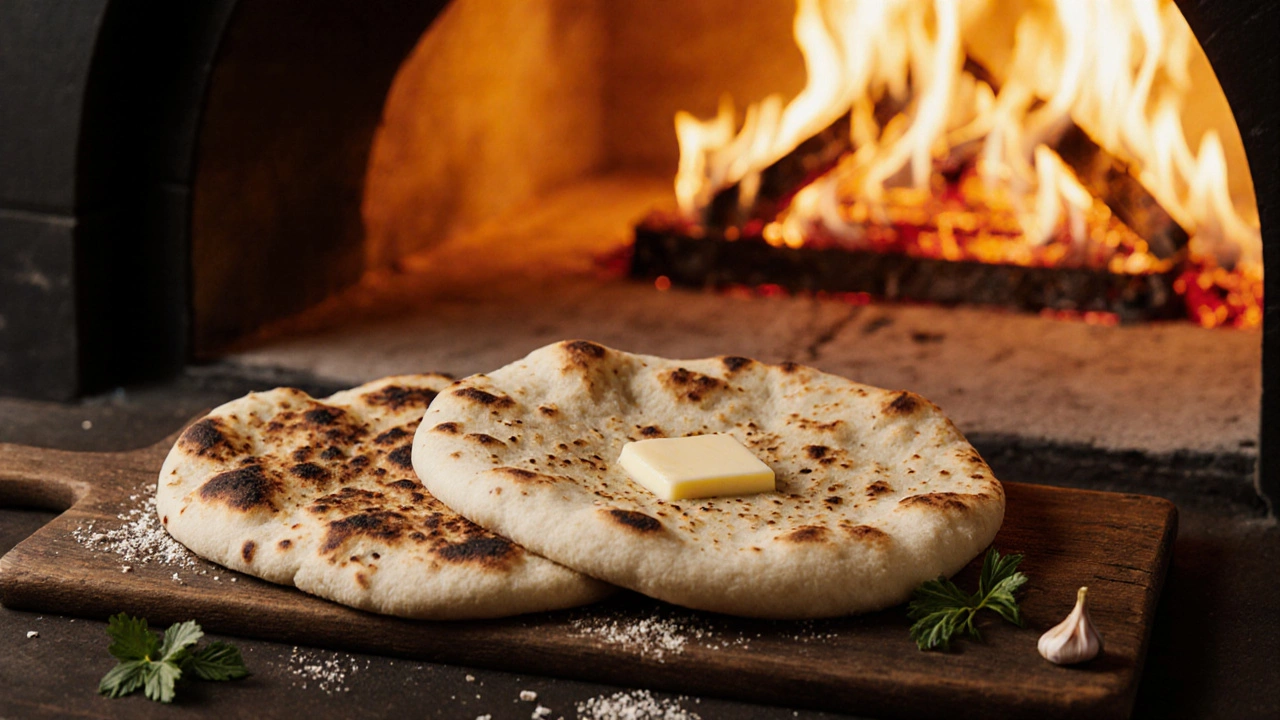
Is Naan a Junk Food? Nutrition Facts & Health Verdict
Find out if naan counts as junk food by examining its ingredients, calories, and health impact, plus tips to keep it nutritious.
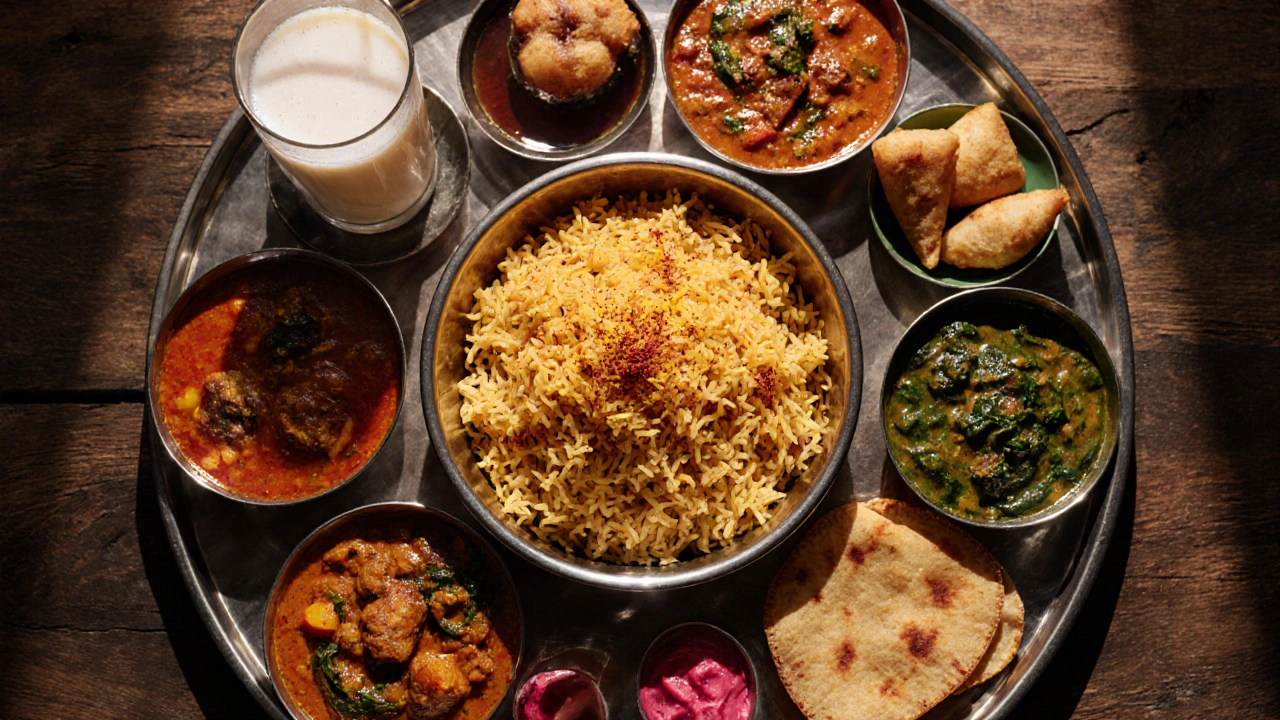
Classic Indian Dishes Explained: Definition, Top Examples & Regional Guide
Explore what makes a dish a classic Indian dish, discover top examples like Biryani, Masala Dosa and Butter Chicken, and learn how regional origins shape India's iconic meals.
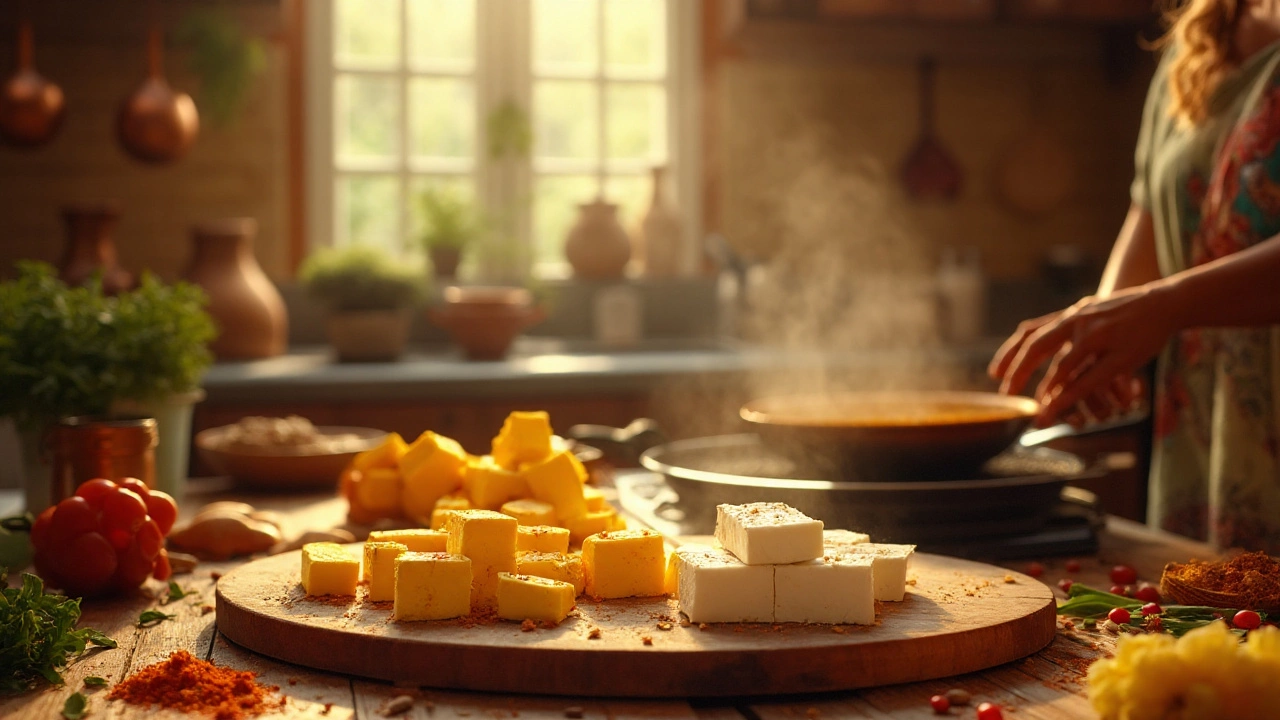
Paneer vs Tofu: Which Tastes Better?
Explore the flavor, texture, nutrition, and culinary uses of paneer and tofu to decide which one wins the taste test for your kitchen.
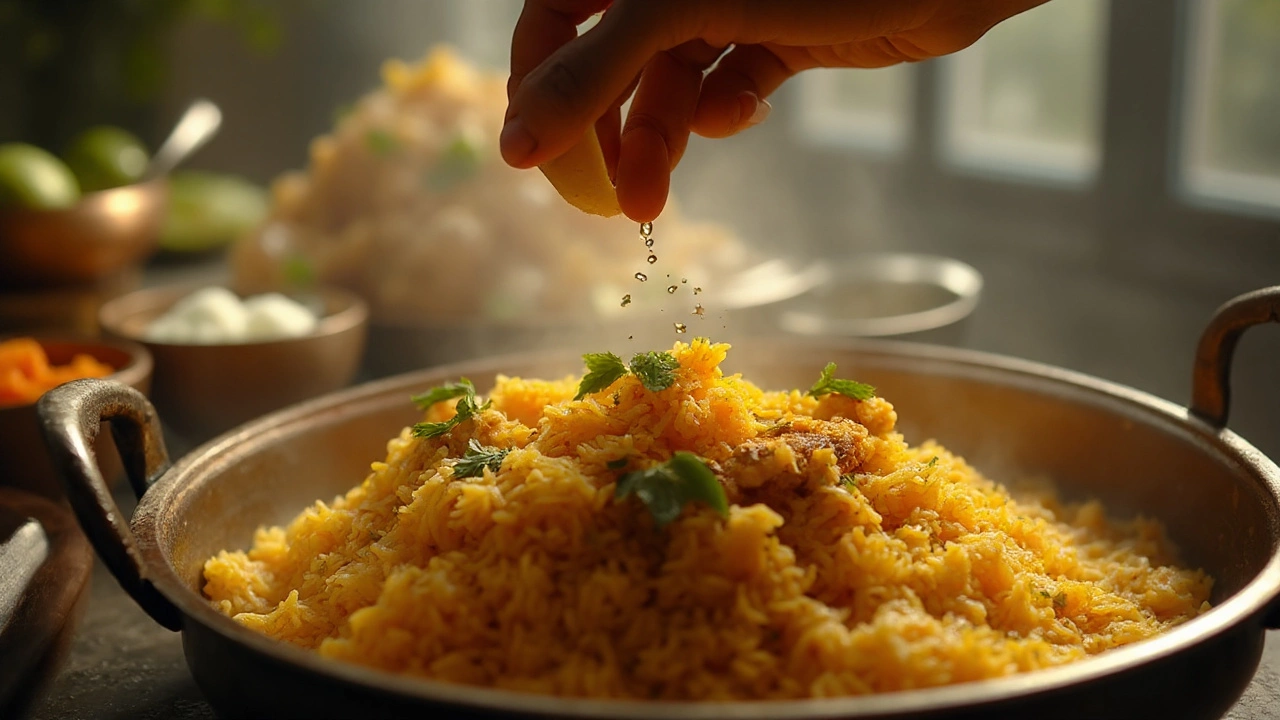
Why Add Lemon to Biryani? Flavor, Tenderness, and Fluffy Rice Explained
Lemon in biryani isn’t a garnish. It brightens flavor, keeps rice fluffy, balances ghee, and fine-tunes marinades. Learn when, how much, and smart substitutes.
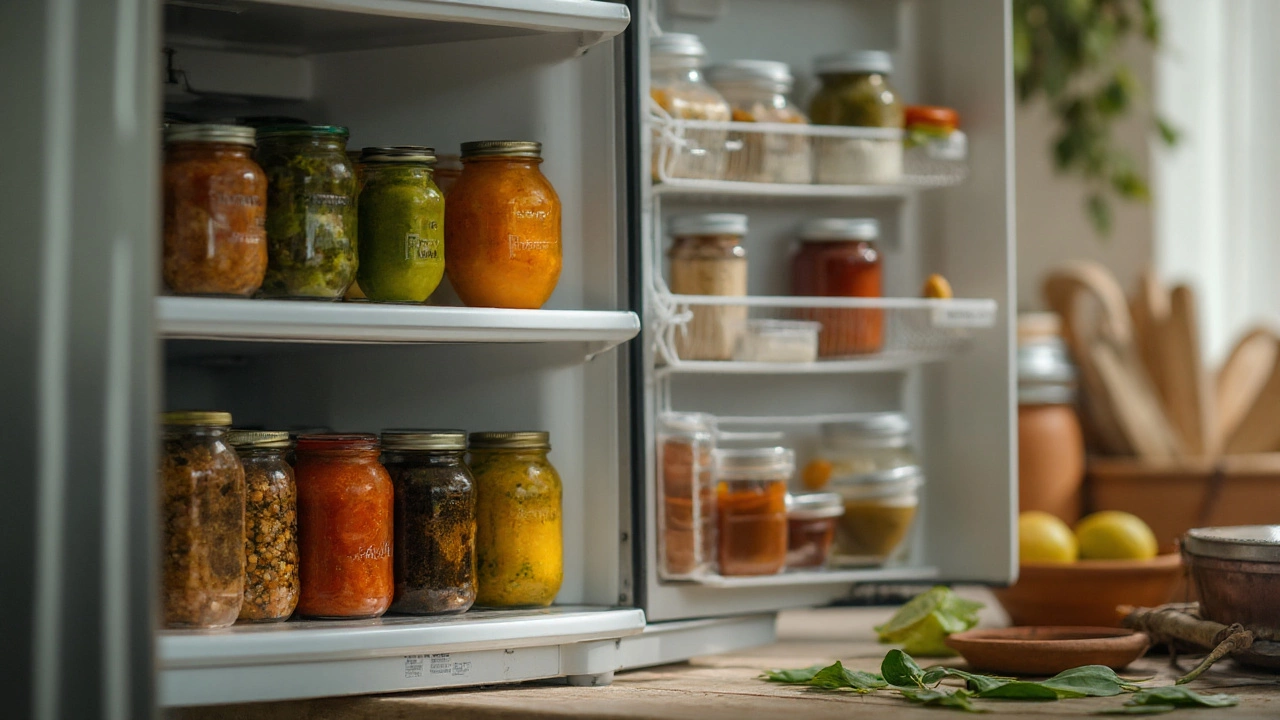
Homemade Chutney Shelf Life: Fridge, Pantry, and Canning Safety Guide
How long does homemade chutney last? Clear timeframes for fridge, pantry, and freezer, plus canning safety, spoilage signs, and storage tips you can trust.

Why Isn't My Roti Puffing? Common Roti Problems and Fixes
Roti not puffing? Discover common reasons behind flat chapatis, with real troubleshooting advice, science-backed facts, and chef-approved kneading, rolling, and cooking tips.
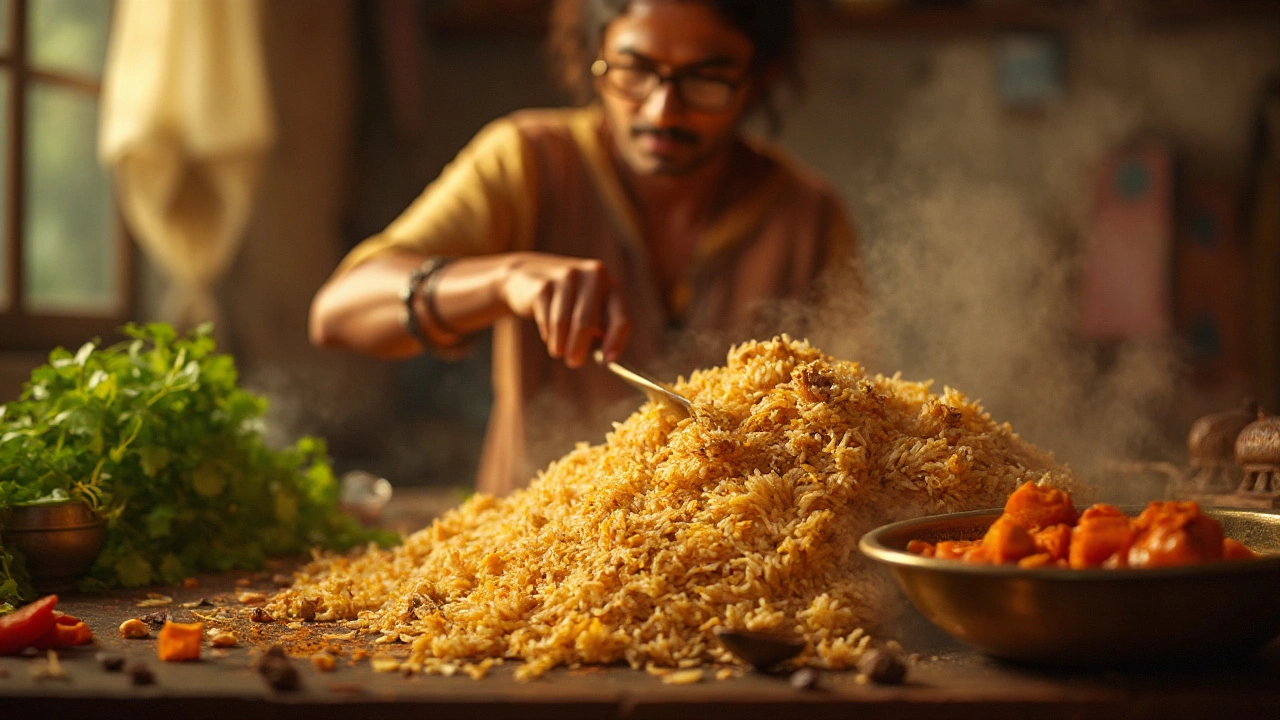
Secret Ingredients That Make Biryani More Tasty: Expert Tips & Techniques
Discover what truly makes biryani more tasty. Dive into secrets, ingredients, and techniques that elevate this beloved Indian dish above the rest.
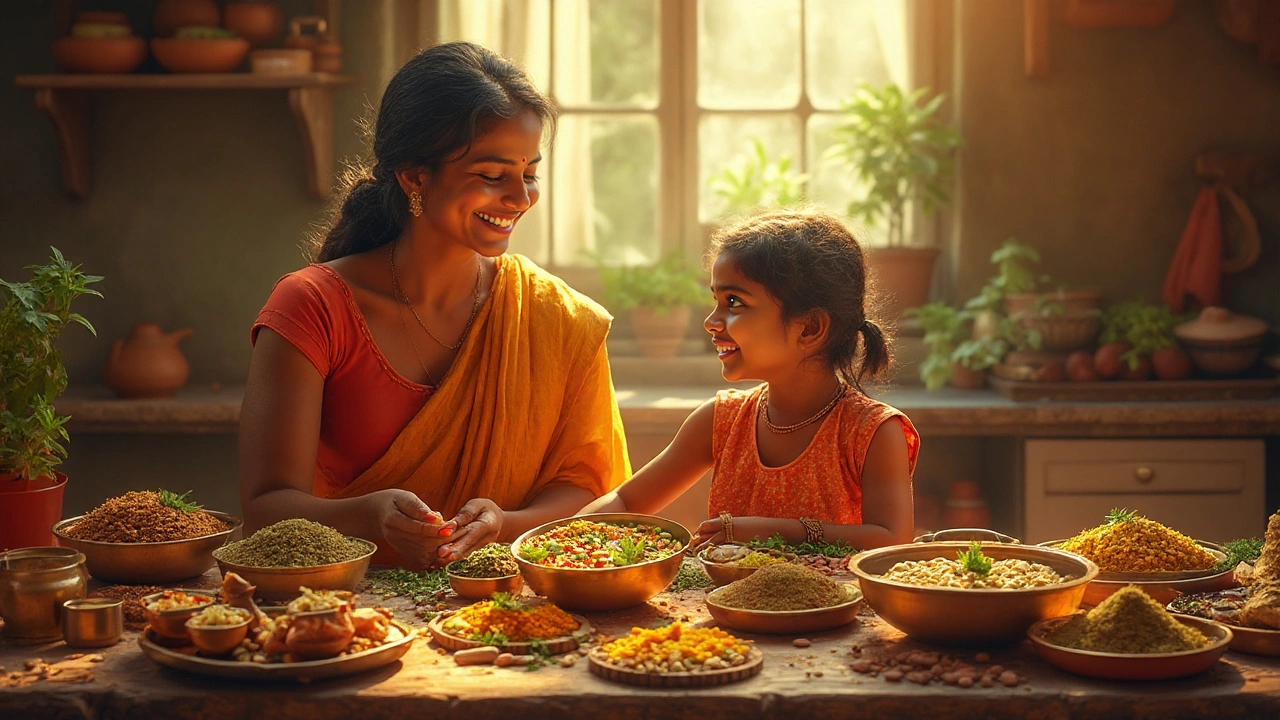
Dal Nutrition Facts: Is It More Protein or Carbs? Get the Real Scoop
Wondering if dal is a carb or protein? Break down exactly what’s in dal, which type has the most protein, and practical ways to use dal for balanced, healthy meals.
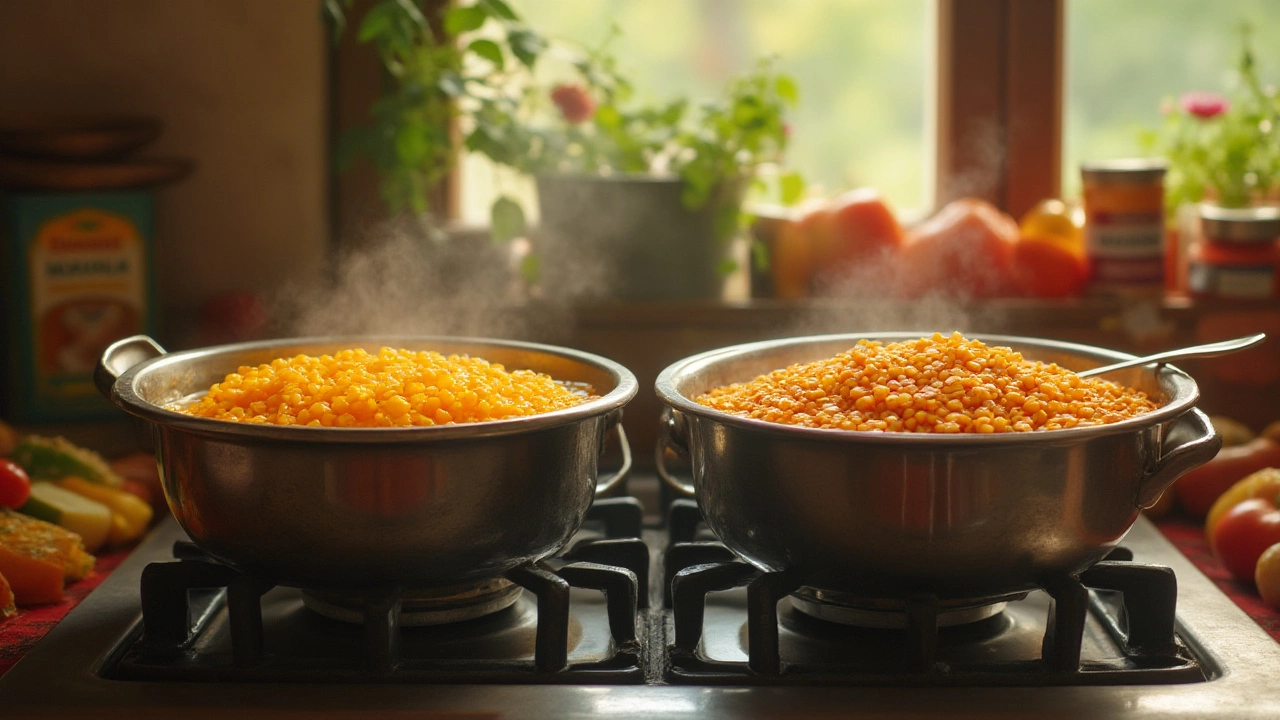
What Happens If You Don't Soak Dal? Health, Nutrition, and Cooking Explained
Ever wondered if you can skip soaking your dal? Here’s what actually happens when you don’t soak lentils, including health effects, cooking time, and taste.
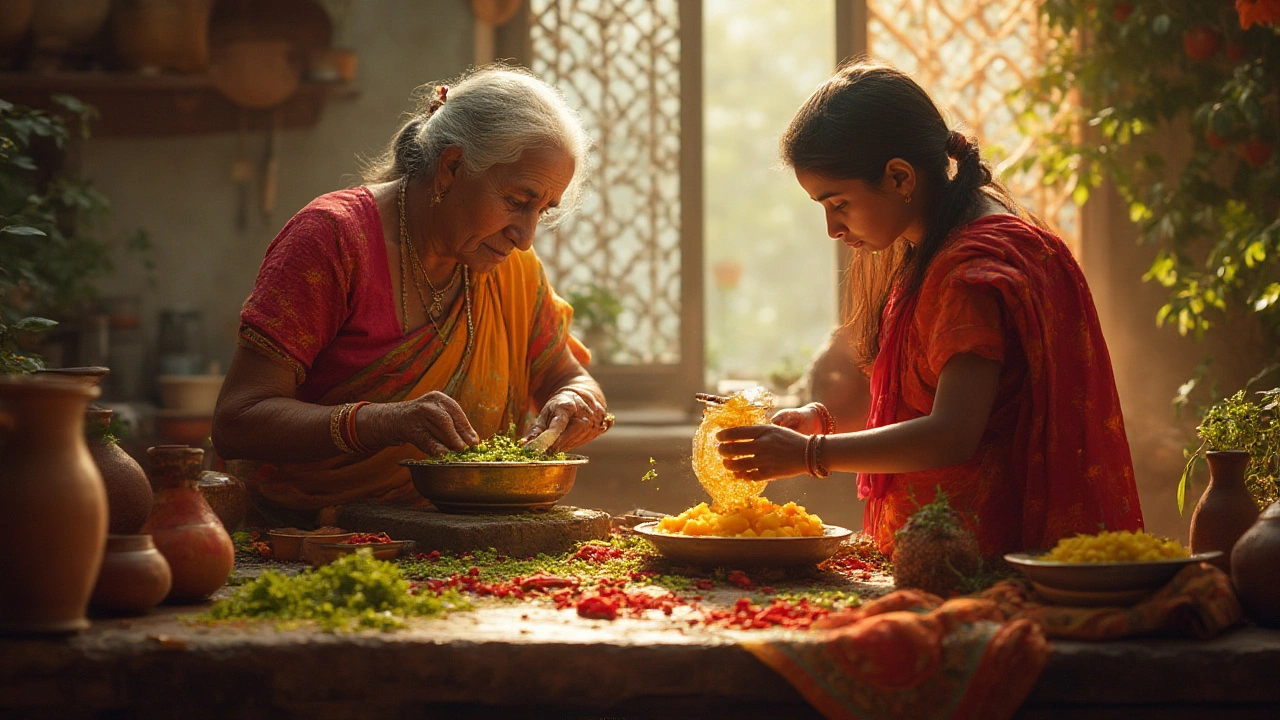
Chutney vs Relish: Explaining the True Difference and Uses in Indian and Global Cuisines
What makes a chutney different from a relish? Learn how each is made, their origins, textures, uses, and key flavor tricks for Indian and global kitchens.

Which Ethnic Group Consumes the Most Sugar? Surprising Facts Revealed
A deep dive into which racial and ethnic groups consume the most sugar, why these patterns exist, and what it means for health and everyday food choices.